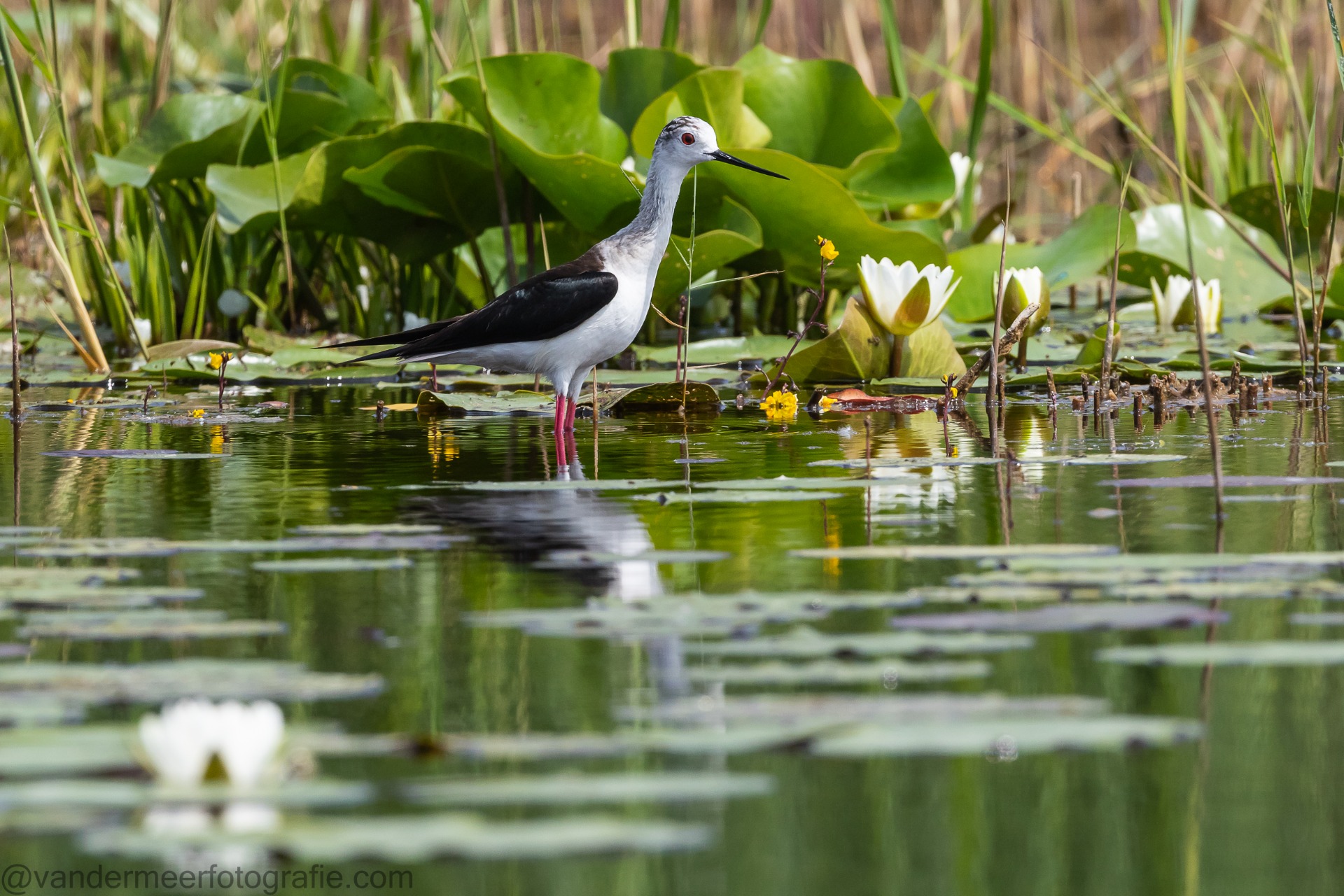KISKUNSÁG NATIONALPARK
A natural treasure in "Little Cumania"
This national park, with its varied landscape and historical dimensions, is located in an area between the Danube and the Tisza. It was created in 1975 and it covers an area of almost 500 km². The national park, which comprises 9 territorial units and has a structure that resembles a mosaic, shows in the Hungarian part, the Batschka, alkali soils, wide horizons, sand ridges with a wavy surface, swamps, moorland areas without runoff, wet meadows, dead branches along the Tisza and covered by loess Dune landscapes.
Most of the national park is a biosphere reserve. The Izsák Kolon Lake and the alkali lakes in the upper Kiskunság (Little Cumania) are aquatic habitats of international importance. The area of responsibility of the Kiskunság National Park Directorate also includes the protected landscape areas of Pusztaszer and Mártély as well as 17 other smaller nature reserves.
TRAVEL REPORT

First day
Here is my first travel report from a trip to Hungary that I organized.
The trip started with two guests on May 18th to the Kiskunság National Park. The overnight stay was with my friends from El Bronco Ranch. Here we met my friend and colleague Örs, a national park ranger. He was already waiting for us and received the guests with a brief introduction to the national park.
The first day it started straight away. We drove in the dry part of the national park and were already scoffing at the first blue nack, sea eagles, oriole and white storks. Black goblets and bee-eaters were also part of the program.
We also looked at an area where there are beautiful and rare orchid species, here we also spotted the first beautiful dragonflies, butterflies and rams
.
Second day
It started very early, at 5 o'clock in the morning directly on Lake Kolon-tó. This lake includes a huge area of reeds and accordingly all kinds of ducks, herons and birds of prey fly and swim here.
After we had the first pictures in the can, behind our newly set up photo wall directly at the water's edge, we went up to the lookout tower of the rangers, who keep watch here and check whether everything is in order and no people enter without permission. From this tower, you have an overwhelming view over most of the lake. From afar we can already see the first birds returning to their breeding areas in the reeds. We saw here: bog ducks, pygmy shots, cormorants, gray herons, night herons, marsh harriers, wild ducks and spoonbills.
What is also very impressive is the overwhelming number of moss maidens and other types of dragonflies that fly at you and even sit on you if you stand still.
On the way back for dinner, we were lucky enough to mock and take pictures of a tree hawk in the setting sunlight.
In the almost dark we went out to mock the rare post-swallow. We heard him early on and then saw him. Nice to see this bird. I have attached a picture below, but it is very blurred due to the advanced darkness
.
Third day
On the third day we got up early again, this time at four o'clock, so that we could get into our camouflage tents in the dark. The camouflage tents were set up the day before in the evening so that nature is not disturbed.
The camouflage tents stood directly on the edge of a habitat that is also typical for this environment, a salt lake. The most beautiful animal films have already been shot in this salt lake, such as redshanks fighting a spoonbill during the breeding season.
From the tent we had a great photo view directly over the water and in the morning we had the sun on the left and could take the most beautiful pictures in the morning dew and rising fog. Here we saw the following species: wild hare, spoonbill, redshank, wood sandpiper, wagtail, redshank, lapwing, cormorant and a little grebe.
In the afternoon it was the highlight of the trip. With the electric boat on the water through the reed belt of the Kolon-tò. Again we were surrounded by hundreds of dragonflies. To hear this alone is a pleasure. In the beginning it was still quiet, but then it started. A tree hawk was on the hunt and caught a dragonfly, cormorants flew away, the great reed warbler Liesen heard from them and now and then they came back up on the reeds. Finally, the black heron. Every time she went along with us in the boat and posed. Simply a dream for every photographer.
